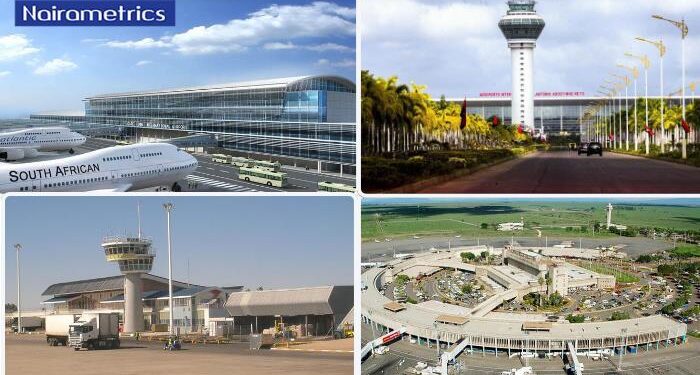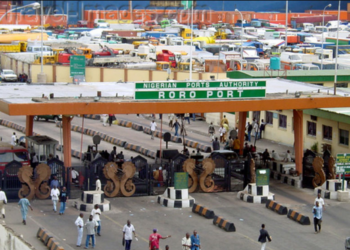Africa’s diverse geography and expanding economies have fostered an extensive network of airports and airfields across the continent.
From major international hubs handling millions of passengers each year to small airstrips connecting remote communities, these facilities play a vital role in transport, tourism, and economic activity.
Airports are defined as facilities with paved runways and regular commercial services, primarily handling passenger flights, cargo transport, and connecting cities or countries.
Airfields, on the other hand, include smaller or unpaved strips used for private, regional, or specialized operations, often accommodating helicopters, charter flights, and logistical or emergency services.
The data for this ranking is sourced from the World Factbook by the Central Intelligence Agency (CIA), specifically the Country Comparisons section on Airports. Totals include all locations recognizable from the air, whether paved or unpaved, and may cover closed or abandoned installations.
Africa’s most populous country, Nigeria, ranks 18th on the continent with approximately 50 airports and airfields. Of these, 23 are operational and managed by the Federal Airports Authority of Nigeria (FAAN), handling over 18 million passengers annually, according to the ICAO State Profile: FAAN 2024. Despite a population of more than 200 million, most Nigerians rely on road transport, and limited income and demand restrict air travel.
The list below presents the ten African countries with the largest number of airports and airfields in 2025, highlighting major international gateways, regional connectivity, and the role of smaller airstrips in linking communities, supporting tourism, and facilitating economic and logistical activity.

Tanzania ranks fifth in Africa with 206 airports and airfields, a network shaped largely by tourism and its geography.
Julius Nyerere International Airport in Dar es Salaam and Kilimanjaro International Airport serve as the main international gateways, while Zanzibar Airport handles a strong flow of leisure travellers to the islands.
In addition, numerous safari airstrips provide direct access to Serengeti, Ngorongoro, Selous and other key destinations, making aviation central to the country’s tourism sector.
Beyond these hubs, regional airports such as Mwanza, Arusha and Dodoma support domestic travel and cargo transport across the mainland. Smaller airstrips also facilitate the movement of goods and supply for agriculture and trade, as well as private aviation, ensuring connectivity to remote areas that are difficult to reach by road.






















That is awesome